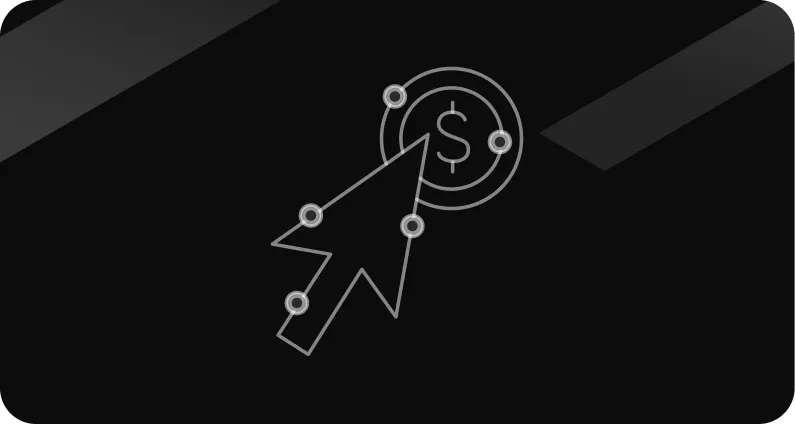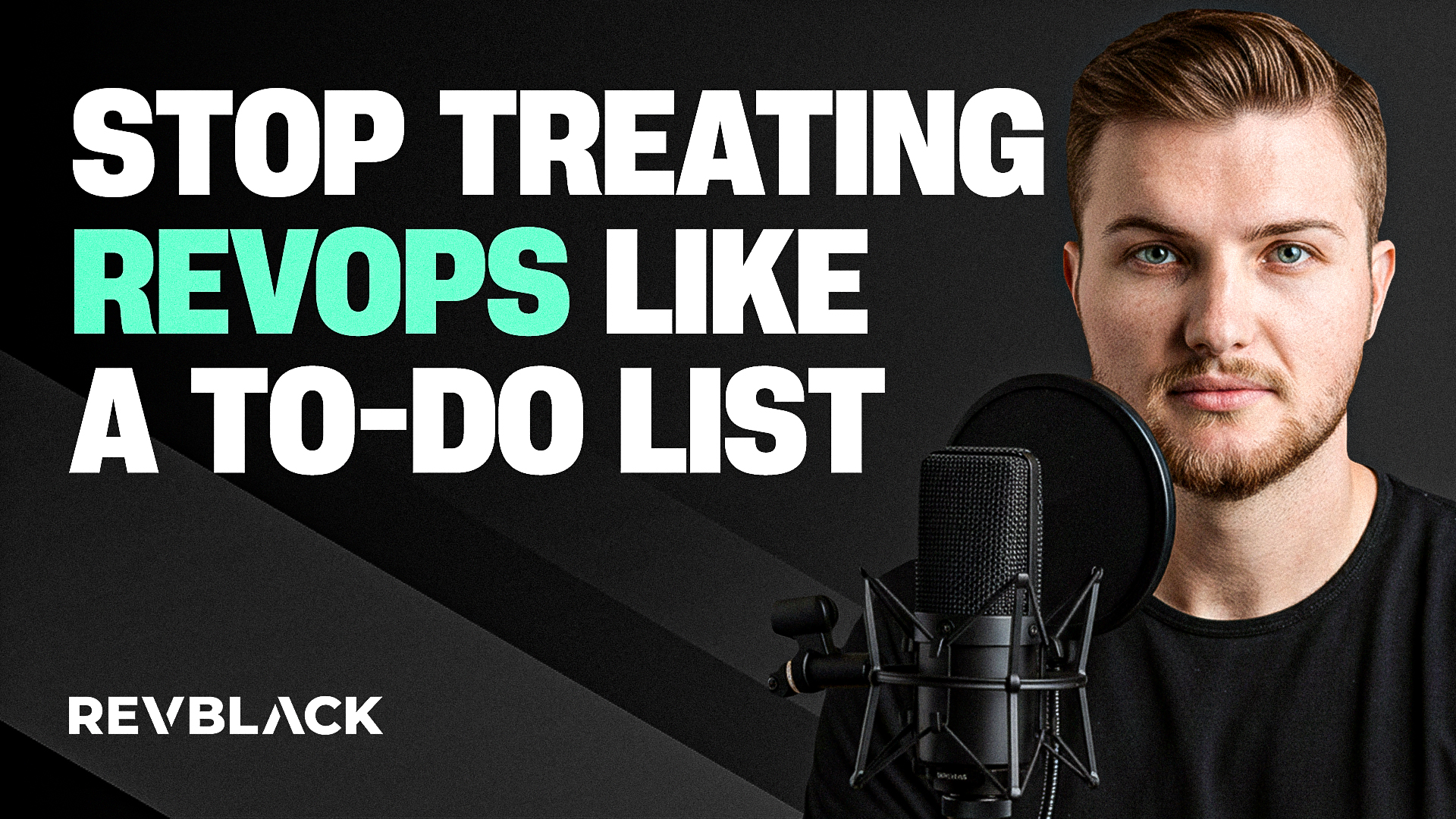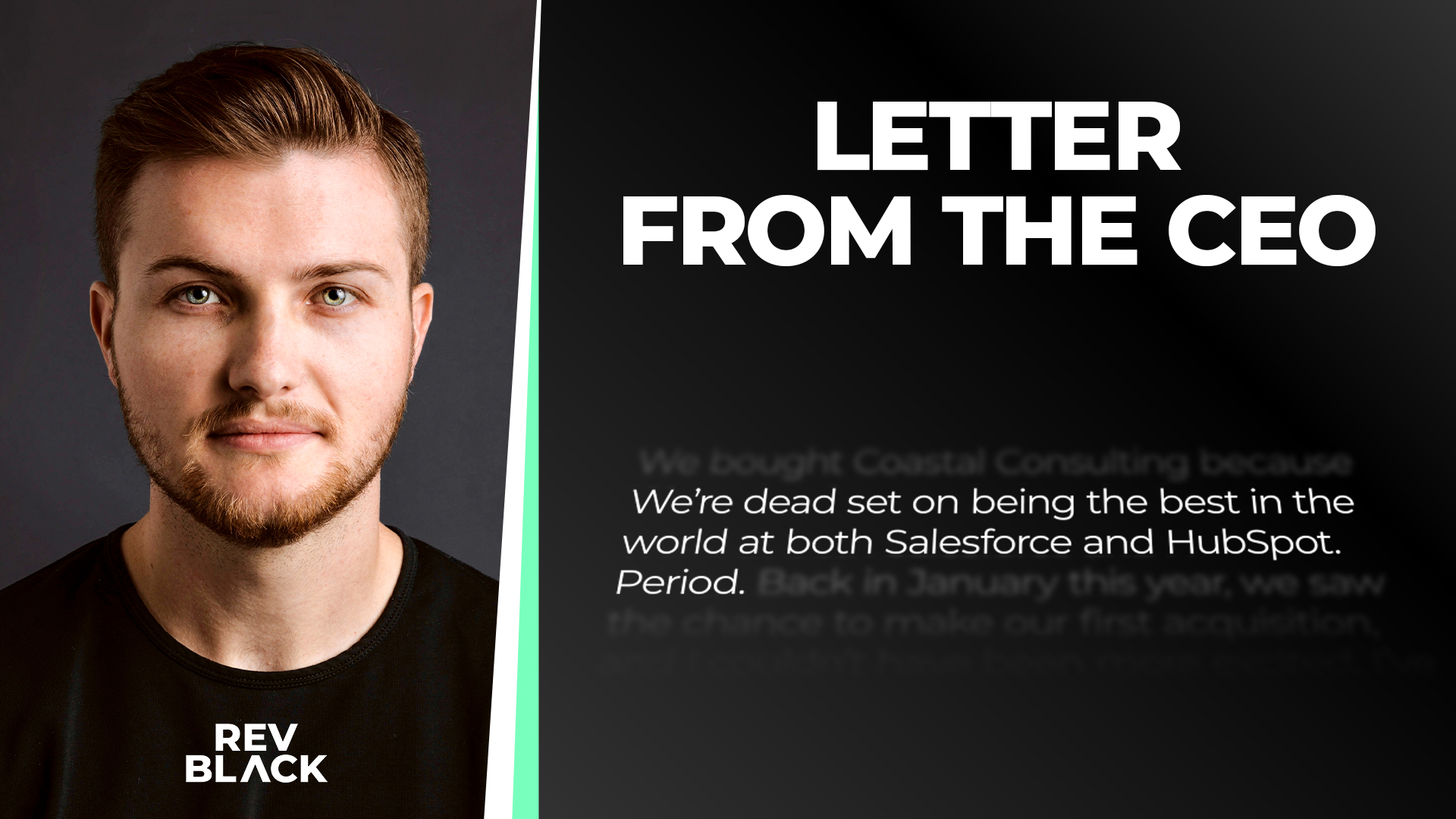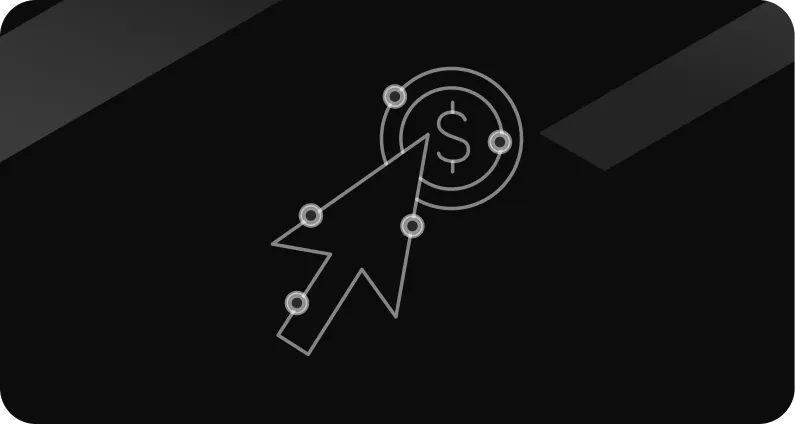The 3 main pillars of RevOps: people, processes and technology
RevOps stands on three pillars; people, process, and technology. Weak alignment in any one causes the whole system to sag.

RevOps exist to make your people, processes and technology pull in the same direction.
At RevBlack, we call them the pillars of revenue operations. If one pillar is weak, the other two have to compensate. But as we know, ill designs don't hold up against the elements. The same applies to RevOps.
Each pillar deserves its own discipline. This article will show how we think about them, what we think works, and how to know if you’re leaning too hard on one at the expense of the others.
Th 3 main pillars of RevOps
1. People: the pillar that can't be faked
RevOps always comes back to people. Not just “talent” in the abstract, but whether your teams actually trust each other and play the same game. You can hire world-class sellers and brilliant marketers, but if they’re pulling in opposite directions, pipeline leaks everywhere.
This pillar is about creating cross-functional glue.
Leaders need to build structures that make collaboration default, not optional. The RACI model is useful to clarify ownership and shared KPIs force teams to measure success on the same terms.
Training matters too, but not just product training. People need to learn each other’s language. A seller who doesn’t understand CS renewal metrics will always toss poor-fit customers over the fence.
DO:
- Hire and promote for collaboration as much as individual performance.
- Use frameworks like RACI to clarify roles across GTM functions.
- Run joint planning sessions (sales + marketing + CS) so roadmaps aren’t built in isolation.
DON’T:
- Reward siloed wins that hurt the bigger motion (e.g. marketing hitting MQL goals with junk leads).
- Assume culture fixes itself - alignment requires deliberate design.
- Ignore frontline feedback; reps and CSMs see the cracks before leadership does.
2. Process: where revenue motion lives or dies
People need clear plays to run, and that’s what process provides. RevOps lives in the seams between teams. In the ways leads are handed off, how opportunities are managed, or how customers are renewed. When processes are broken, you don’t see it in a slide deck, you see it in missed numbers, customer churn, and leaders pointing fingers.
Good RevOps means documenting and standardizing the customer journey.
What counts as an SQL?
Who owns expansion?
When does CS get pulled in?
Without shared definitions, clear communication becomes a pipedream.
Strong processes also evolve. You need to build continuous improvement loops right into the SOPs.
DO:
- Map the full customer journey and agree on definitions at every stage.
- Audit handoffs quarterly; most pipeline leaks live there.
- Apply continuous improvement loops (PDCA, Kaizen) to keep processes fresh.
DON’T:
- Let “tribal knowledge” be the only process, document or it doesn’t exist.
- Over-engineer; processes should remove friction, not create bureaucracy.
- Assume last year’s funnel design works in this year’s market.
3. Technology: the tempting but slippery pillar
Most companies start RevOps here, and that’s the trap. Tech should enable strategy, not dictate it. Too many teams buy tools because competitors use them, or because vendors promise quick fixes, and end up with a bloated stack nobody trusts.
The discipline is stack rationalization: what tools do we actually need to execute the agreed process?
Adoption is the true test, if reps aren’t using a platform, it’s wasted spend.
Integration is the second test. If tools don’t share data, you’re building silos with decorative APIs.
And governance is the third.This is where you set rules for data hygiene, field ownership, and what gets automated vs. manual. Without those guardrails, tech creates as many problems as it solves.
DO:
- Audit your stack twice a year: adoption, ROI, redundancy.
- Integrate systems so you can trust a single source of truth.
- Train and enforce governance so data stays clean and usable.
DON’T:
- Buy tools without a clear process they support.
- Let each department pick their own stack in isolation.
- Confuse “more dashboards” with “more insight.”
Back to the big picture
RevOps is an operating system. And like any system, it’s only as strong as its weakest pillar. A great tech stack won’t save you if people don’t collaborate and strong processes collapse if tech doesn’t support them. And the worst part is that great people burn out if processes are broken and tools are useless.
That’s why the question matters: which pillar is weakest right now, and what would fixing it unlock in the next two quarters?
If the answer isn’t clear, hand it off. Bring in a RevOps partner who can carry the load, untangle the mess, and give your teams the breathing room to execute.
And if you’d rather self-educate first, explore our knowledge base. We’re building a small but growing library of RevOps insights, playbooks, and practical guides designed to help GTM teams sharpen their motion.














